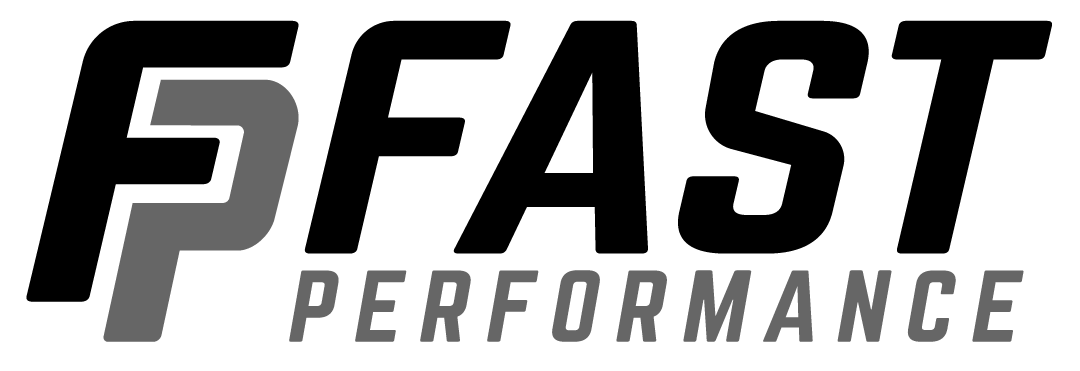In baseball, a pitcher’s job is to throw the ball in such a way as to make it difficult for the opposing team to hit.
But how can you improve your pitching skills if you don’t know where you’re weak?
A trackman assessment can help identify areas of your game that need improvement. A trackman assessment can help you hone your pitching skills and become an even better player by tracking things like pitch speed, trajectory, and movement.
The Benefits of Trackman Assessment
The data-driven competitive world of modern athletics for pitchers has become incredibly stressful. In this fast-paced environment, it can be challenging to know what is most important when so many factors affect your success as a pitcher.
So, if you’re looking to take your game to the next level, consider getting a trackman assessment. It could be the key to unlocking your full potential as a pitcher.
How?
Knowing the spin rate, axis, and angles of release can help any pitcher feel like they are in control. Seeing this data has been found to be beneficial for players who want more conscious dominion over their pitches; they can get mindful of how the ball moves in space and directly affect the brain – to Hotwire it for positive changes. Knowing the ball flight and how it moves can tell a pitcher a lot about release point and finger pressure.
What Are Some Data Collection Points?
Data points that are collected include:
- Pitch Type
- Pitch Speed
- Pitch Trajectory
- Pitch Movement
- Release Point
- Finger Pressure
What Does This Data Mean for Pitchers?
Pitchers can use this data to improve their pitching skills in a number of ways.
For example, if a pitcher notices that their pitch speed is consistently lower than average, they can work on improving their pitch velocity. Or, if a pitcher notices that their release point is consistently higher than average, they can work on lowering their release point.
By analyzing this data, pitchers can make adjustments to their pitching mechanics in order to improve their performance on the mound.
In addition, trackman data can be used to help pitchers develop new pitches. For example, if a pitcher has a high spin rate but low velocity, they could work on developing a cutter or slider. Or, if a pitcher has a low spin rate but high velocity, they could work on developing a sinker or two-seam fastball.
Trackman also collects strike zone data, but what isn’t obvious is how the ball gets there. Approach angles of the ball can completely dismantle a hitter. Horizontal or vertical approach angles can disrupt a hitter’s balance and timing – and that is the name of the game.
Overall, trackman data can be extremely beneficial for pitchers who are looking to take their game to the next level. So if you’re looking to improve your pitching skills, consider getting a trackman assessment. It could be the key to unlocking your full potential as a pitcher.
Get Started
A trackman assessment can help identify areas of your game that need improvement. A trackman assessment can help you hone your pitching skills and become an even better player by tracking pitch speed, trajectory, and movement.
If you’re interested in getting a trackman assessment for yourself or your team and are in the Denver, Colorado area, contact us today to learn more about how we can help.


